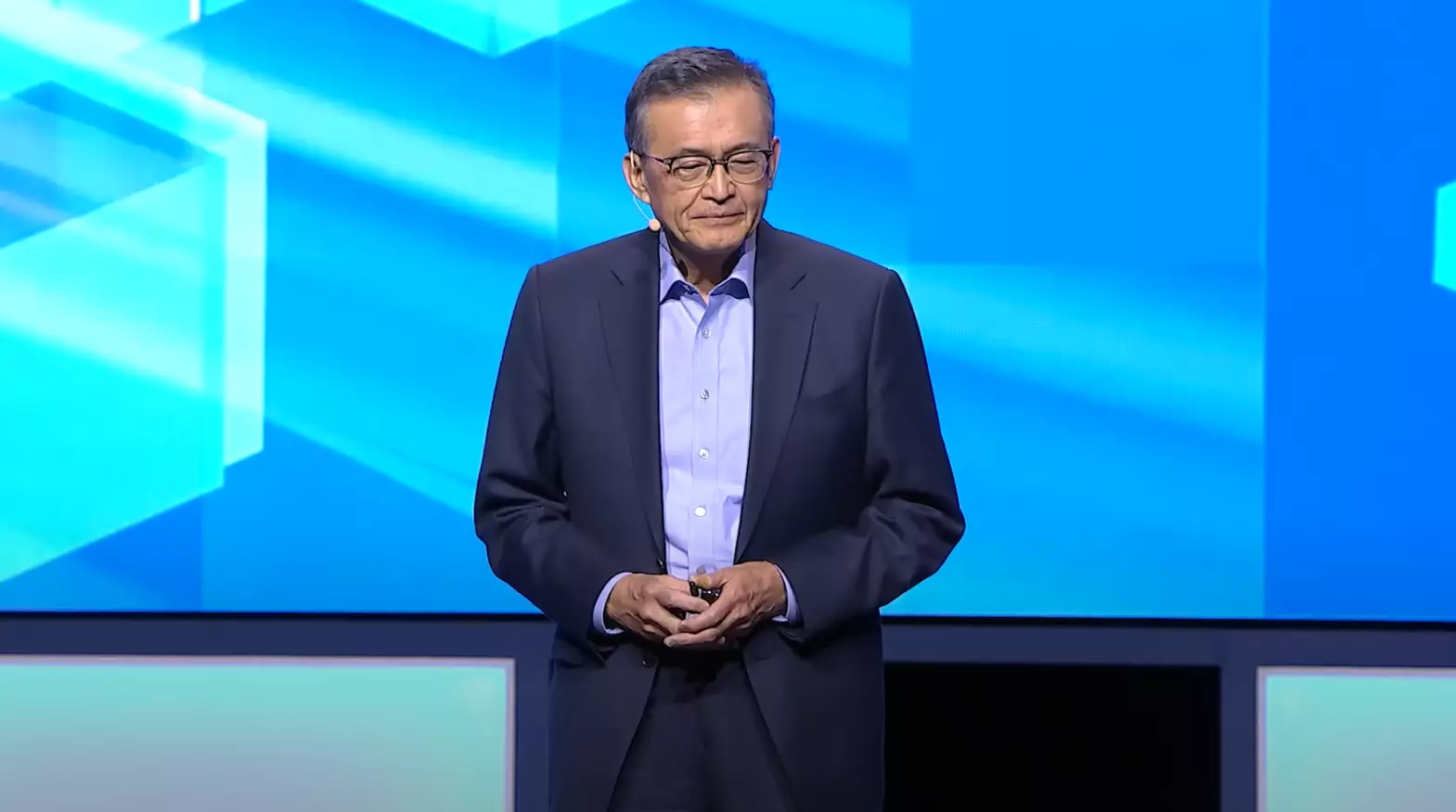In an era dominated by rapid technological advancements, Intel, once the uncontested king of semiconductors, finds itself at a strategic crossroads. The appointment of Lip-Bu Tan as CEO has injected fresh energy into the company, but his first earnings call revealed a challenging path ahead. With a clear intention to revamp Intel’s internal dynamics and pivot towards artificial intelligence (AI), Tan’s vision reflects both ambition and necessity. As Intel grapples with market pressures and fierce competition, particularly from Nvidia, it’s revealing how Tan plans to cultivate partnerships and reshape the company’s approach to innovation.
Rethinking Management and Workplace Culture
One of Tan’s immediate focuses is to address the organizational complexities that have, according to him, undermined Intel’s competitiveness. He emphasized the need for a “flattened” management structure, suggesting that excessive layers of bureaucracy have stymied agility and decision-making processes. In a surprising move, he is reinstating a mandate for a four-day return-to-office policy, highlighting the importance of collaboration and teamwork. This decision is not merely a return to pre-pandemic norms; it’s an assertion that Intel’s future lies in rekindling an in-person culture of innovation.
However, amid these bold statements, one must question if simply bringing employees back to the office and restructuring leadership is enough to create true transformation. While Tan’s intentions seem rooted in fostering a collaborative environment, the reality of how employees will adapt to such changes presents a real test of his leadership and vision.
The AI Ambition: Can Intel Keep Up?
Tan’s aspirations to partner with an “industry leader” in AI raises both hopes and uncertainties. The most logical candidate appears to be Nvidia, particularly given its dominance in AI hardware reshaped by the new Blackwell architecture. The prospect of incorporating Intel’s chips into Nvidia’s advanced systems could signal a critical shift for both companies. However, this partnership raises eyebrows—can Intel’s x86 architecture effectively compete with Nvidia’s cutting-edge GPUs in a landscape that increasingly favors graphical processing power for AI workloads?
Alternatively, there’s speculation that Tan might be eyeing collaborations with companies like OpenAI, which is recognized for pumping innovation into machine learning and AI models. If true, this could indicate Intel’s move towards developing custom AI silicon specifically tailored to optimize AI models. Yet, despite these tantalizing possibilities, Tan’s acknowledgment that such partnerships will take time further indicates a measured approach, which may not satisfy investors eager for immediate results.
Workforce Reductions and the Fight for Innovation
Rumors circulating about significant workforce reductions at Intel add another layer of complexity to Tan’s strategy. While he did not confirm specific cuts, he hinted strongly at necessary reductions to streamline operations. His remarks about reducing decision-making layers indicate a desire to foster innovation, emphasizing that organization must be agile to withstand the turbulent tech marketplace.
This dual approach—focusing on both enhanced collaboration and potential layoffs—reveals a fundamental tension within Intel’s ethos. Tan’s strategy, while pragmatic, risks alienating staff who could contribute to the very innovation he seeks to reignite. The success of these changes relies not only on the execution of a corporate plan but on maintaining a motivated workforce that feels secure in its role during these transformative times.
A Shifting Product Landscape?
While Tan reaffirmed Intel’s commitment to launching the next-gen Panther Lake CPU, he offered scant specifics about new customers or ventures concerning Intel Foundry or AI-enabled products. This reluctance to provide clear deliverables leaves many questioning whether Intel can indeed seize emerging opportunities in AI. The rhetoric surrounding “optimizing our products for new workloads” feels vague against the backdrop of a rapidly evolving market where clarity and timely execution are paramount.
As the industry anticipates significant competition from both established players and startups, it will be crucial for Intel to pivot quickly and decisively. With Lip-Bu Tan at the helm, the promise of a renaissance looms large, but the real test will be whether these bold aspirations truly translate into groundbreaking innovations or whether they remain aspirations lost in the complexities of internal restructuring.

